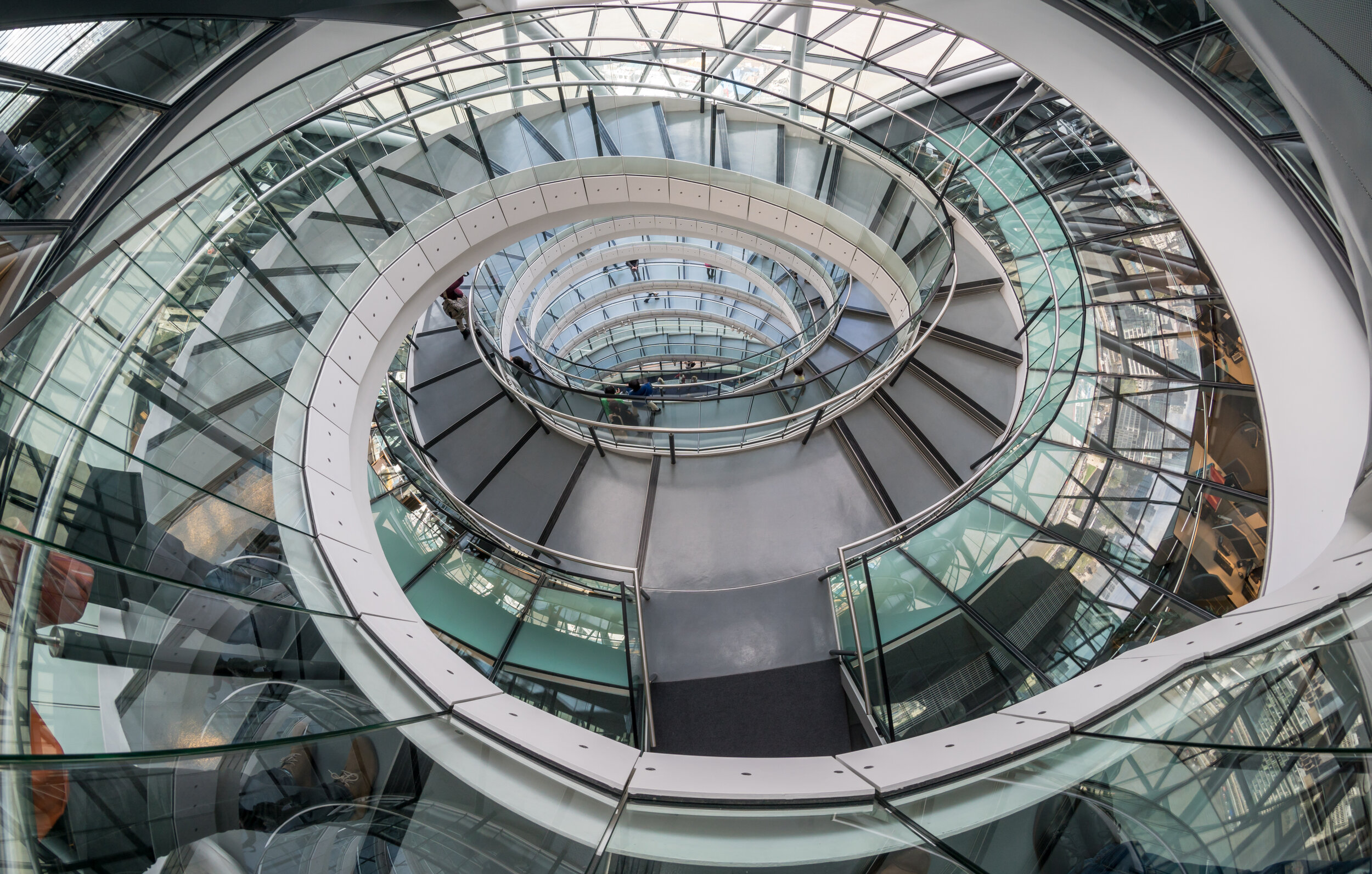Resilience: HousePorn
This is not a defense of an architectural eroticism. We’re talking about the excessive, the gratuitous, the abusive and the non-consensual. We’re also talking about the product of development economics, and conspicuous consumption, the things that drove subprime mortgages, bundled derivative trading and uncollateralized debt. We’re talking about the commodification of experience and the confusion of fundamental values with ornament and style. Essentially, we’re talking about things that are unhealthy.
Money shots: architecture promotes itself through the publication of images. Photographs rule by perspective correction, fancy footwork in the darkroom, or hours of pixel-pushing with photo-editing software. Architectural competitions are won based on images. Only the rarest of juries actually makes a site visit.
Money shots are always close-ups. A beam of light is captured shining through a clerestory window into the great room. A view up a winder stair disappears into upstairs mystery. An 18 mm camera lens captures a gracious living room with a moveable glazed wall looking out to a tree-bounded courtyard. The immediacy of the view defeats any understanding of the dimensions of the space. These views are always pristine. No dust bunnies or kids’ toys interfere with the perfection of the pitch. No life intervenes on the call to our bank accounts.
Money shots are always generic. Aided by the close-up, the subject could be anywhere. As the subject is actually quite common, stock photos can stand in for an actual location, time, or action. It’s all sizzle and no steak. After a short period of exposure, the images lose their power. In contrast, the body of one’s lover is always unique. When the act happens in reality it’s not just one view that governs.
Images dominate to the point that time is irrelevant. A physical location that has a life expectancy of over 200 years has its publication cycle completed 30 days after submission to the publication. With luck, the magazine will hang around a doctor’s or dentist’s office for a couple of years. A diligent marketing team can submit different project characteristics to different media outlets, stretching out exposure over three or five years. At that point, the owner is still paying off the interest on the mortgage. The principal hasn’t been touched.
The question of time is probably the most important. Social atomization produces individuals who are always in the present or the near future. Unfortunately this is not like the Buddhist “living in the moment”; it’s more like the film “Groundhog Day.” Anything “ten years out” will never arrive. Even five years is a stretch. Meanwhile images of “the good life” flood our consciousness. Support democracy! Go shopping!
Those frozen in the present have no markers to help them understand the time scale of houses and buildings. Cars are renewed between five and ten years regardless of their condition. No children or dogs, with their messiness and needs over 20 years, are found in the images. Even the fastest commercial building life cycles, at 30 to 40 years, are unimaginable. The lucky couples have accidental pregnancies in a context of enough money to imagine making it all work. Then their lives change and an opportunity is opened.
The opportunity has nothing to do with the images. Yes, it would always be nice to afford this or that, but it’s the big picture that matters. It’s not the house, it’s the neighbourhood that matters. Where are the grocery stores? Where are the schools? Where are the parks? Do I need a car to get all of my daily necessities? A house can always be painted, or added to, but a neighbourhood has a longer time cycle and offers more support.
Neighbours are also important but it takes time and effort to meet them. That’s where the kids and dogs shine. They are the community builders. They are an investment in time.
